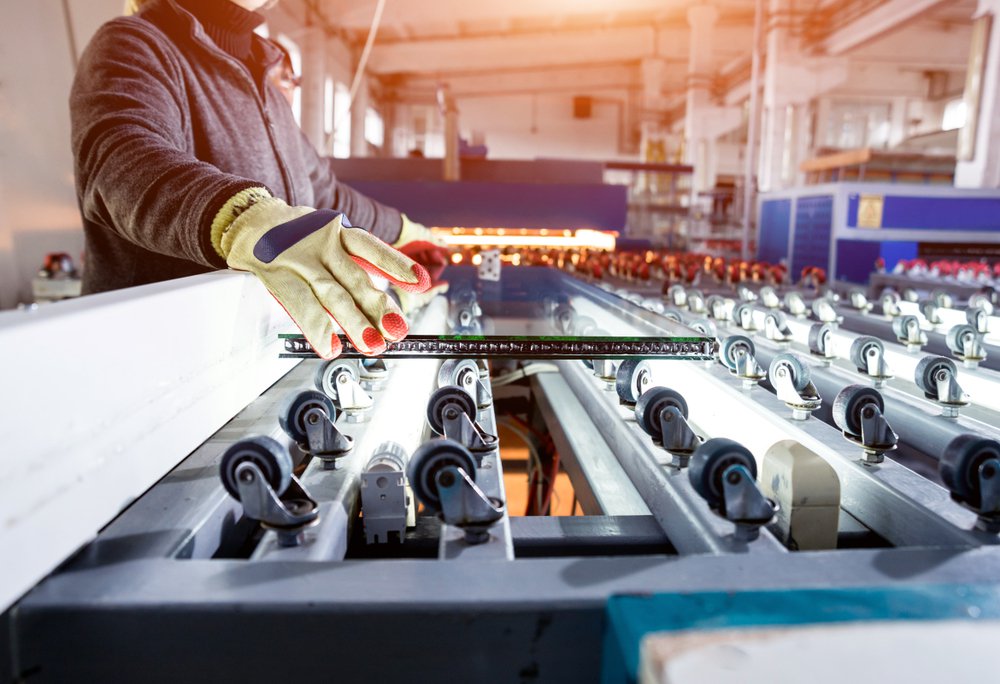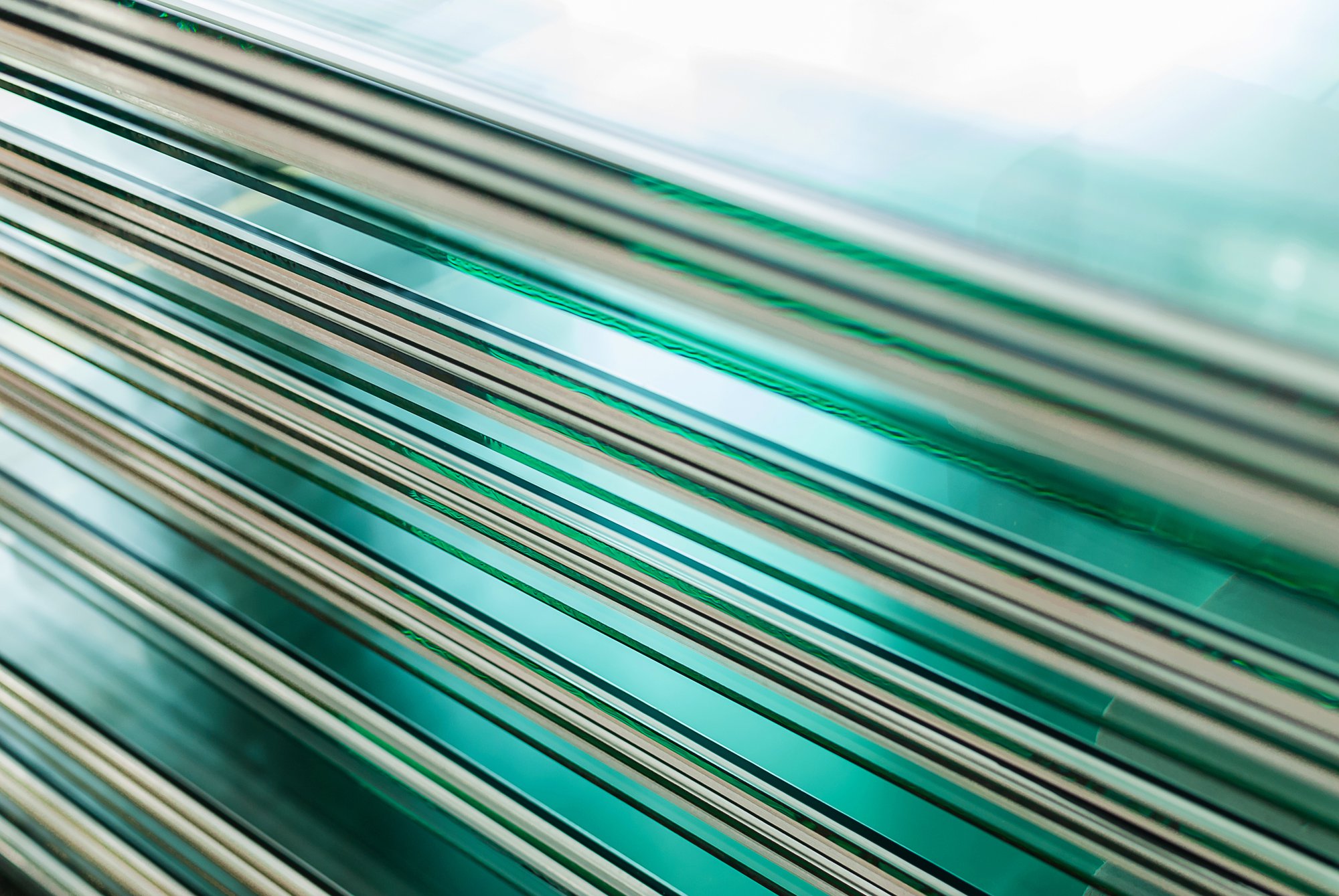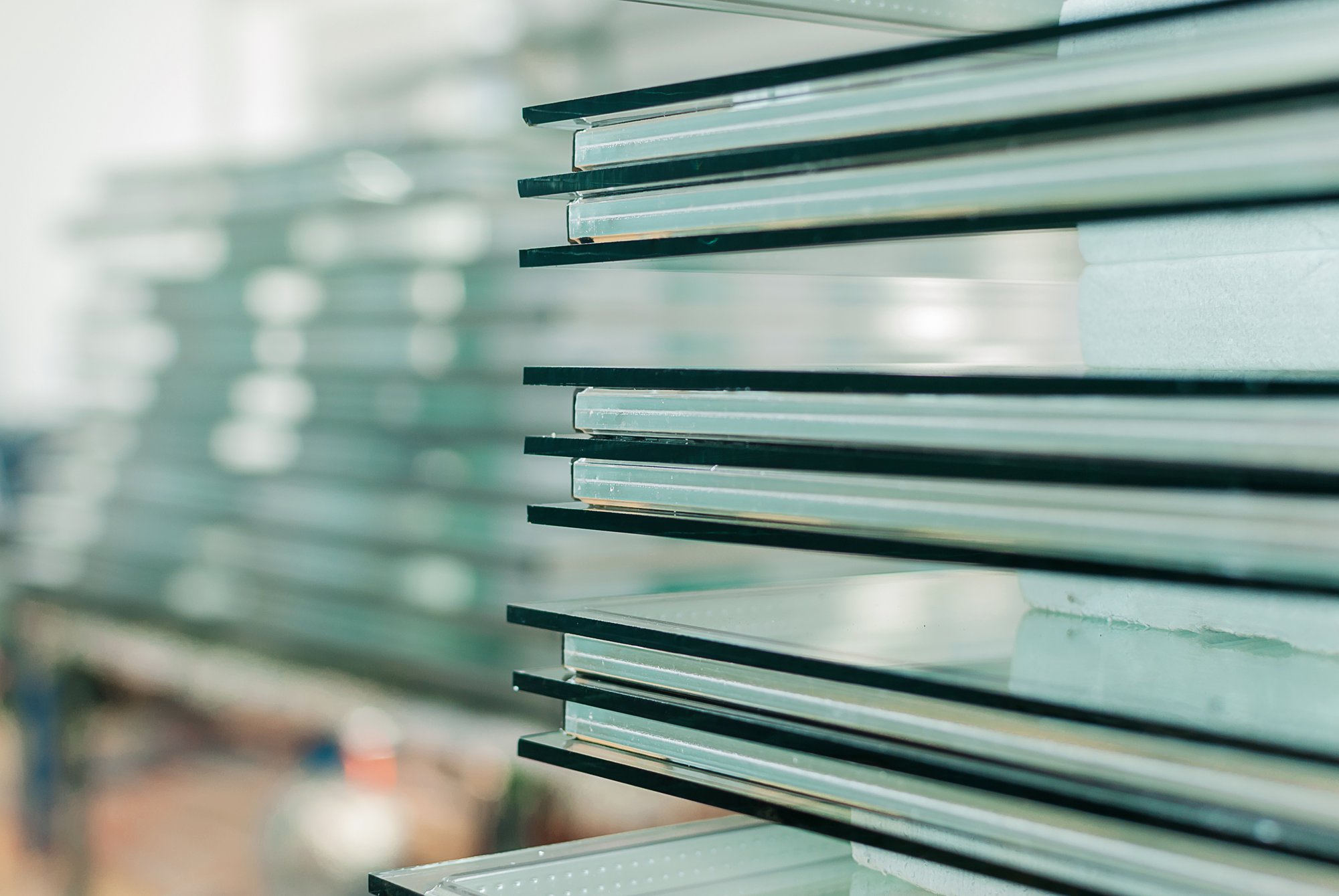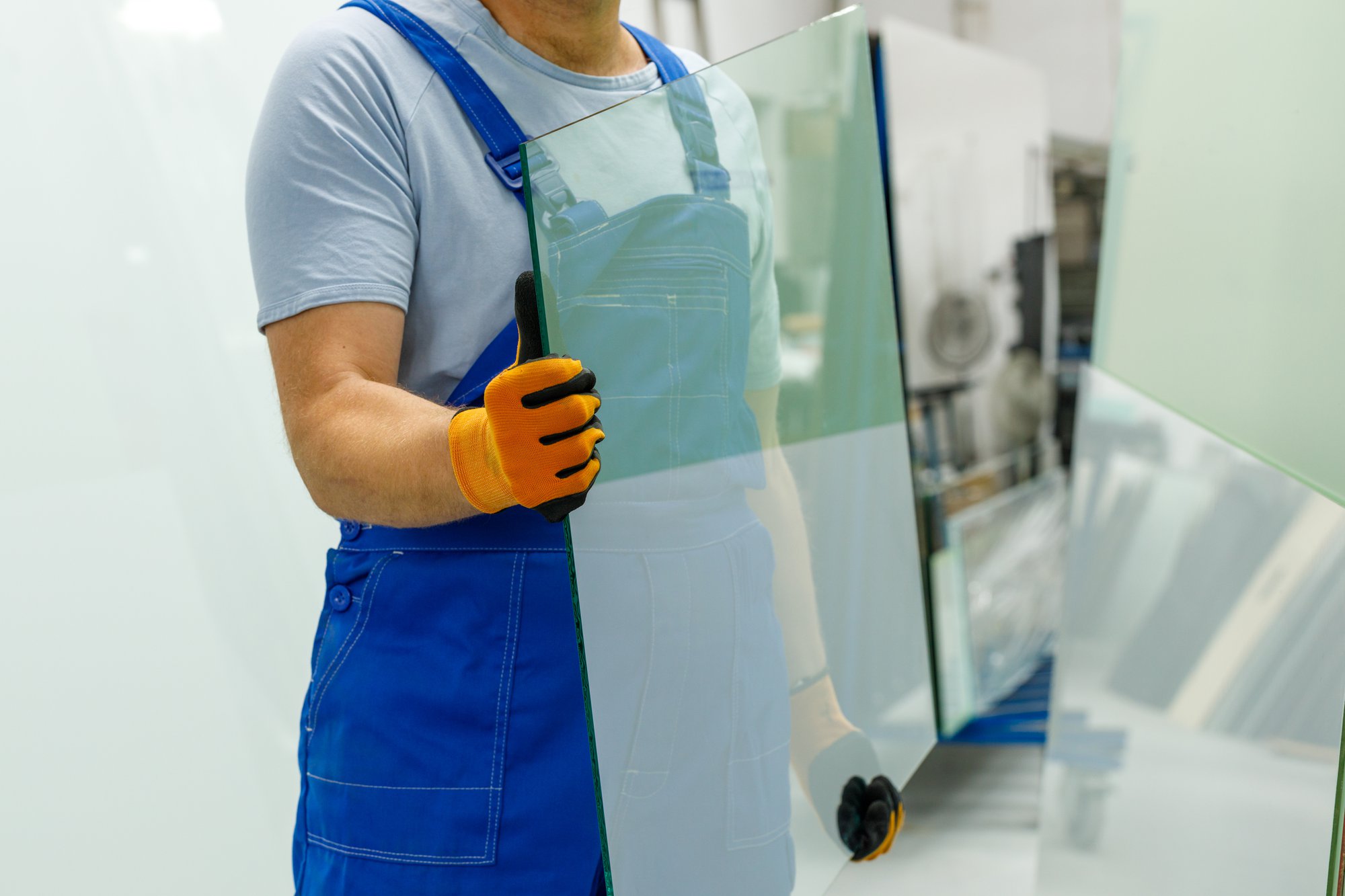How are advancements in materials revolutionizing energy efficiency in sustainable glass manufacturing? The demand for energy-efficient windows is surging, driven by rising energy costs and increasing environmental awareness. Consumers and businesses alike seek solutions that reduce energy consumption and carbon footprints. This trend is pushing window manufacturers to innovate and adopt new materials that enhance performance and sustainability in the realm of sustainable glass manufacturing.
Innovative Materials Transforming Glass Manufacturing
Low-emissivity (low-e) coatings are at the forefront of energy-efficient glass manufacturing. These coatings minimize the amount of ultraviolet and infrared light that passes through glass without compromising visible light transmission. By reflecting heat back into the room during winter and keeping it out during summer, low-e coatings significantly reduce energy consumption.

Gas fills, such as argon and krypton, are another innovation enhancing the performance of sealed glass units. These inert gases are inserted between glass panes to improve insulation. They have lower thermal conductivity than air, which reduces heat transfer and enhances the window's overall energy efficiency.
Combining low-e coatings with gas fills creates a powerful synergy. This combination maximizes thermal performance, leading to substantial energy savings. Window manufacturers adopting these materials can offer products that meet stringent energy standards and appeal to eco-conscious consumers.
Environmental and Economic Benefits
Using eco-friendly materials in glass manufacturing offers significant environmental and economic benefits. By reducing energy consumption, these materials help lower greenhouse gas emissions. For instance, windows with low-e coatings and gas fills can reduce energy loss by up to 50%, leading to substantial carbon footprint reductions.
Consumers also benefit economically from these advancements. Energy-efficient windows can lower heating and cooling costs by 12-15% annually. This translates to significant savings over the lifespan of the windows. Additionally, many regions offer tax incentives and rebates for installing energy-efficient windows, further enhancing their economic appeal.
The dual benefits of environmental sustainability and cost savings make eco-friendly materials a compelling choice for both manufacturers and consumers. By adopting these materials, window manufacturers can meet growing market demands while contributing to a more sustainable future.
Case in Point: Alberta and B.C. Leading the Way
Manufacturers in Alberta and B.C. are at the forefront of adopting innovative materials for energy-efficient windows. Companies like Insul-Lite Manufacturing™ have integrated low-e coatings and gas fills into their product lines. This commitment to sustainability sets a high standard in the industry.
For example, a recent project in Vancouver utilized advanced sealed glass units to retrofit an older building. The result was a significant reduction in energy consumption, showcasing the effectiveness of these materials. Similarly, a new residential development in Calgary incorporated energy-efficient windows, earning praise for its reduced environmental impact.
These examples highlight the proactive steps taken by manufacturers in Alberta and B.C. By embracing cutting-edge materials, they meet regulatory requirements and cater to the growing demand for sustainable building solutions. This leadership in sustainable glass manufacturing positions the region as a model for others to follow.
Future Trends in Sustainable Glass Technology
Emerging trends in sustainable glass technology promise to enhance energy efficiency further. One such trend is the development of dynamic glass, which can change its properties based on external conditions. This smart glass can adjust its tint to control light and heat, saving even greater energy.
Ongoing research also focuses on integrating photovoltaic cells into glass units. This innovation allows windows to generate electricity while maintaining transparency. Such advancements could revolutionize the way buildings harness solar energy, making them more self-sufficient.
Upcoming materials like aerogels are gaining attention for their superior insulation properties. These lightweight materials can significantly reduce heat transfer, making them ideal for energy-efficient windows. Industry experts predict that aerogels will become more prevalent as manufacturing processes improve and costs decrease.
Projected industry shifts include a greater emphasis on circular economy principles. Manufacturers are exploring ways to recycle and reuse materials, reducing waste and environmental impact. This approach aligns with global sustainability goals and meets the increasing consumer demand for eco-friendly products.

Making the Shift: Practical Steps for Window Manufacturers
Window manufacturers looking to adopt advanced materials can follow several practical steps. First, conduct a thorough market analysis to understand the demand for energy-efficient windows. This will help in aligning product offerings with consumer needs.
Next, invest in training for your workforce. Familiarize your team with the latest materials like low-e coatings, gas fills, and dynamic glass. Proper training ensures that your staff can effectively implement these technologies.
Consider partnering with suppliers who specialize in sustainable materials. These partnerships can provide access to high-quality products and technical support. Additionally, leveraging supplier expertise can streamline the adoption process.
Be prepared for potential challenges such as higher initial costs and the need for new equipment. However, the long-term benefits, including energy savings and regulatory compliance, outweigh these initial hurdles. Utilize available resources like industry associations and government programs for further information and support.
The Path Forward for Sustainable Glass Manufacturing
Adopting energy-efficient materials in glass manufacturing is crucial for both environmental sustainability and economic viability. Low-e coatings and gas fills significantly reduce energy consumption and carbon footprints. Manufacturers in Alberta and B.C. are leading the way, showcasing the benefits of these innovations. Future trends like dynamic glass and aerogels promise even greater advancements. By taking practical steps, window manufacturers can overcome challenges and capitalize on these opportunities. The long-term benefits include reduced energy costs, regulatory compliance, and a positive environmental impact, making the shift to sustainable glass technology a wise investment.
Ready to enhance your projects with cutting-edge, sustainable glass solutions? Visit Insul-Lite Manufacturing™ to view our wide range of products designed for superior energy efficiency and environmental sustainability.





